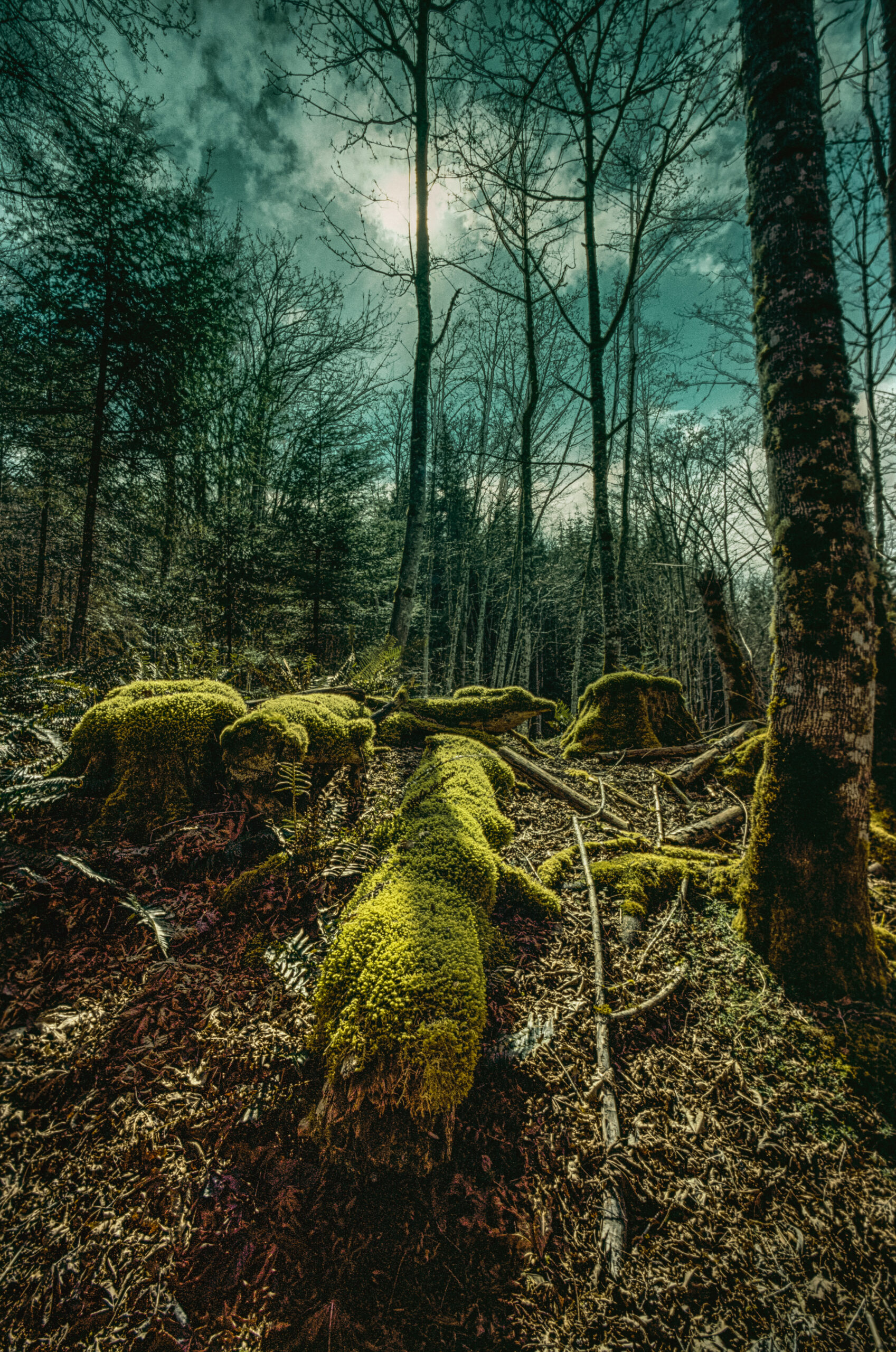Management Plans | January 30, 2023
Quadra Hill Baseline Report
Baseline report for Quadra Hill (DL 58)
ViewThe Quadra Hill Nature Reserve protects 47 ha of carbon-dense forests and diverse ecosystems within the Mid-Island Protected Areas Network. Intact wetland and mature (80+ year old) forest ecosystems comprise just over one third of this area. The property was acquired in part to ensure habitat connectivity between existing protected areas to the north, east, and south, creating an unbroken corridor of intact habitat extending from the Trincomali Channel across to the Strait of Georgia. Wildlife, including Species at Risk, can now move freely across this rich landscape.
The property also has a history of industrial forestry, gravel extraction, and small-scale agriculture. The GCA is engaged in a variety of proactive stewardship and ecological restoration activities to improve the productivity, biodiversity, and resilience of the land, transforming a former forest lot into a model for ecological recovery and nature connection.

Freshwater wetlands are among the most biologically diverse and productive ecosystems on the planet, but have been disappearing due to development for over a century. The GCA is restoring 3 ha of wetlands on Quadra Hill on a site that was clear-cut, flattened, compacted, ditched and drained, farmed, grazed, and then abandoned.
Our vision is to aid in the recovery of a complex, carbon-dense swamp ecosystem, which will provide breeding habitat for red-legged frogs, dragonflies, and other sensitive wildlife. This will also promote carbon sequestration, reduce the impacts of severe weather events, and increase groundwater recharge through improved infiltration.

Extreme heat and higher average temperatures brought on by climate change greatly increase the risk of forest fires. This risk is elevated by the presence heavy fuel loads throughout the young, simplified forests that have emerged on Galiano Island following industrial forestry.
Forest restoration promotes biodiversity, enhances forest productivity, and reduces fuel loads. Click below to learn more about restorative forestry on Quadra Hill.


Connects to over 20 kilometers of public trails across the Mid-Island Protected Areas Network
ExploreBaseline report for Quadra Hill (DL 58)
ViewRestoration plan for Quadra Hill (DL 58)
ViewExplore photos and other media captured at the Quadra Hill property
Explore the following resources to learn more about Quadra Hill.
Healthy wetlands and forests are carbon sinks. So can restoring ecosystems be a natural climate solution?
ViewReport from UVic’s ES 471 Class of 2025.
ViewReport from UVic’s ES 471 Class of 2025.
ViewReport from UVic’s ES 471 Class of 2024.
ViewReport from UVic’s ES 471 Class of 2023.
ViewReport from UVic’s ES 471 Class of 2023.
View